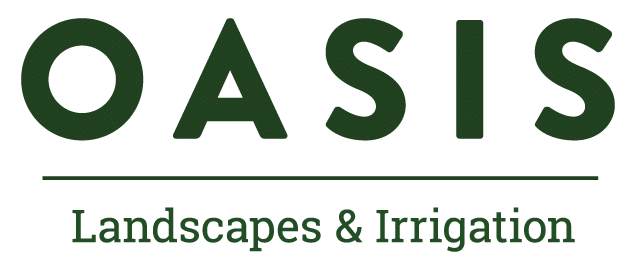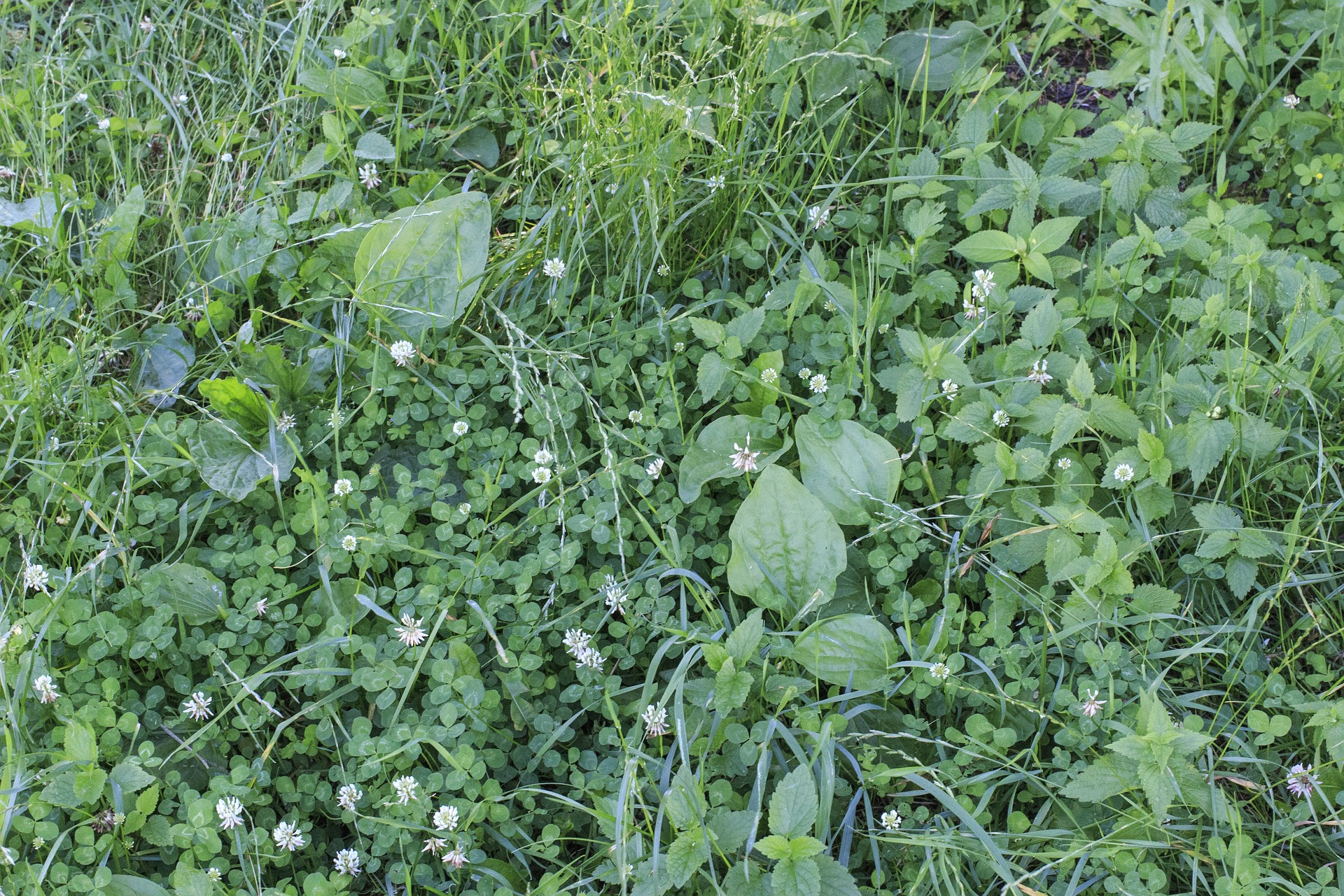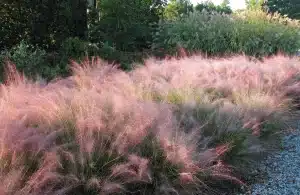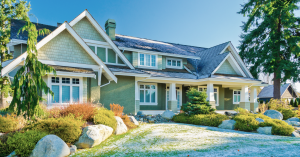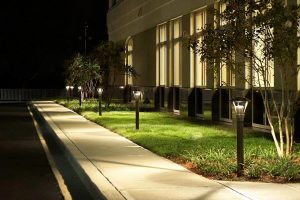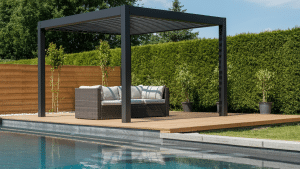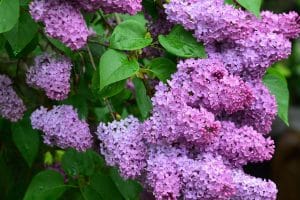There are hundreds of common weeds in Georgia, and most of them find their way into residential lawns and landscapes.
Weeds fall into two main category divisions: annual and perennial, and grassy and broadleaf. Annual weeds complete their growing cycle in one season, whereas perennial weeds come back year after year. Grassy weeds resemble lawn grass, while broadleaf weeds look more like herbs.
Not all weeds are invasive. Some produce pretty white, yellow, or purple flowers. And some are even beneficial. For example, every part of a dandelion is edible – even the root. However, most homeowners don’t want weeds growing in the landscaped areas of their property. In this article, we take a look at some of the common weeds in Georgia, and how you can prevent them from taking over.
Annual Grass Weeds
Doveweed
This summer annual closely resembles grass, meaning it can go virtually unnoticed in your lawn. While this sounds good for aesthetic reasons, it also makes it easy for doveweed to become a problem.
Doveweed spreads both by seeds and vegetatively. That means it sends out new shoots from existing plants. Even more troublesome, pieces of doveweed redeposited by mowing can take root elsewhere in your lawn. Doveweed also is toxic to both humans and animals. In other words, you really don’t want to let it take hold in your lawn.
Getting rid of doveweed requires a three-step approach:
- Improve Lawn Drainage. Doveweed thrives in high moisture environments.
- Apply Preemergent Herbicide. This will kill existing seeds, which can lie dormant for years.
- Apply Post Emergent Herbicide. This will kill doveweed during the early growth stages.
Crabgrass
Sporting coarse, light green blades, crabgrass grows on sprawling stems that resemble a crab’s legs. Left untreated and unmowed, it can reach up to two feet high.
Due to its high seed production, crabgrass is one of the most persistent and problematic common weeds in Georgia. Seeds can also lie dormant for up to three years before sprouting. Additionally, crabgrass thrives in heat and can easily survive drought. That makes crabgrass control both difficult and ongoing.
Crabgrass seeds in the early summer months and dies back in the fall. Because seeds germinate as soon as the soil begins to warm, prevention is the most effective treatment. A double application of pre-emergent weed killer in March and May helps prevent crabgrass from growing.
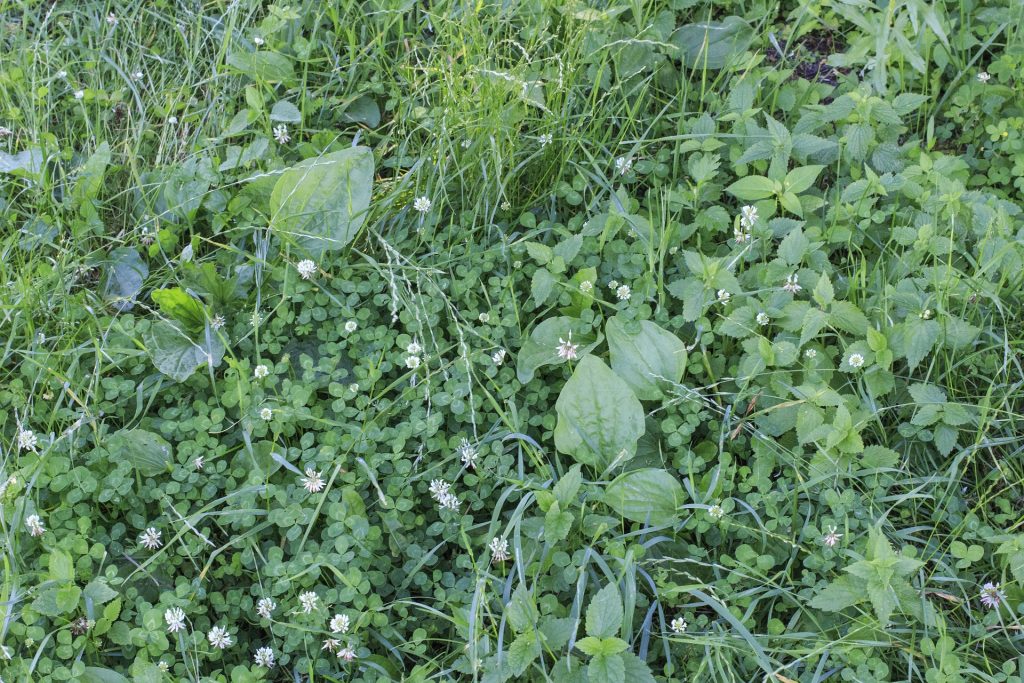
Annual Broadleaf Weeds
Hairy Bittercress
A common early spring pest, hairy bittercress sports tiny white flowers on 3-9-inch-long stems. The flowers develop into seed pods that burst open and fling weed seeds into the surrounding environment. This seed shower means that just one or two weeds can spread quickly through your spring landscape.
Applying a heavy (2-4 inches) layer of mulch around landscape plants can help keep seeds from establishing themselves in your soil. Regular mowing also prevents flowers (and seed pods) from forming. Hairy bittercress infestations may require herbicide application. Use post-emergent herbicides containing two different active ingredients such as triclopyr, clopyralid, dicamba, MCPP, or 2-4D.
Carpetweed
Carpetweed can cover a large patch of ground in a small time due to its creeping growth pattern. One of the most prolific common weeds in Georgia, carpetweed germinates quickly in warm soil. Carpetweed forms low-growing mats, and each plant can spread up to two feet.
While this weed is easily removed by hand, it is rarely affected by mowing due to its low profile. During turfgrass establishment, it’s important to stay on top of carpetweed growth. Use a post-emergent broadleaf herbicide that is safe for turf.
Perennial Grass Weeds
Wild Onion
This winter perennial emerges in late fall from underground bulbs. It produces thin, green, waxy leaves that form tall clumps in your lawn and landscape.
When soil is moist, these clumps can be pulled out by hand. However, bulbs and bulblets often remain behind, meaning a new crop of weeds next year. Mowing can help prevent new bulblets from forming. While there are no pre-emergent herbicides that control wild onions, continuing use of post-emergent herbicides can help. Three-way herbicides containing 2,4-D, dicamba, and MCPP can eradicate wild onions with consistent applications
Yellow Nutsedge
This perennial weed is part of the sedge family. However, it superficially resembles grass. Nutsedges are one of the most problematic weeds in agriculture worldwide. Difficult to control, they form dense colonies, choking out desirable crops and grasses.
Yellow nutsedge, the variety common to USDA growing zones 7-8, frequently infests Atlanta area lawns. Controlling nutsedge in bermudagrass and other turf grasses consists of three steps:
- Temporarily Stop Watering. Turf grasses are drought tolerant, but nutsedge thrives in moisture.
- Increase Your Mowing Height to 2 Inches. This is the maximum recommended height for bermudagrass, and the added shade at the soil level will help weaken nutsedge growth.
- Apply Herbicide. Use an imaziquin or penoxsulam product. These are generally safe for warm season grasses such as bermudagrass.
Perennial Broadleaf Weeds
Dollarweed
Also known as pennywort, this summer weed is a member of the parsley family. Its leaves resemble small lily pads, reaching the size of a silver dollar. Dollarweed thrives in warm humid climates like metro Atlanta. Thin, weak southern turfgrass lawns provide optimal growing conditions, so it’s important to keep your turf well-maintained and healthy.
Because it reproduces from rhizomes, dollarweed can be difficult to control once established. To prevetn it, apply an herbicide containing Penoxsulam in spring and fall. Dollarweed thrives in high moisture, so you can try reducing watering.
Clover
Clover is actually a legume. It conditions soil and fixes nitrogen, which is why some gardeners use it as a winter cover crop.
However, most homeowners don’t want clover in their lawns. You can remove clover by pulling it up by the roots. Unfortunately, unless you get it all, the clover will grow back. Despite fixing nitrogen, clover hates it. Applying a high nitrogen fertilizer can help get rid of this common weed.
If clover persists, a selective broadleaf herbicide containing dicamba, clopyralid, fluroxypyr, or quinclorac should eliminate the problem.
Other Common Weeds in Georgia
Fireweed
We want to mention fireweed because it’s a particularly nasty weed species. A winter annual, it sprouts from seeds in the fall and disappears by mid-summer. During its growth season, it’s capable of producing a world of misery. Fireweed has fine hairs that sting when they come into contact with skin. If left to grow in pastures, horses can develop respiratory stress and even die from exposure.
Fireweed is resistant to 2,4-D and glyphosate. Herbicides with both triclopyr and fluroxypyr have proven effective.
Kudzu
Technically a vine, kudzu is nonetheless a problem weed for Georgians. It grows rapidly even in compacted soil and produces lush foliage and flowers. Because of this, it was unwisely cultivated as a forage plant and erosion control after the Great Depression.
Kudzu quickly became invasive, resulting in lost farm and timber production. Herbicides containing clopyralid or triclopyr are effective in keeping it under control on residential properties.
Need to schedule weed control service? Then contact the lawn experts at Oasis Landscapes & Irrigation.
